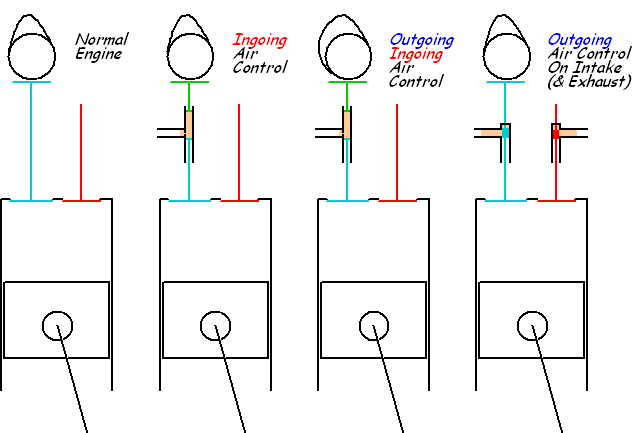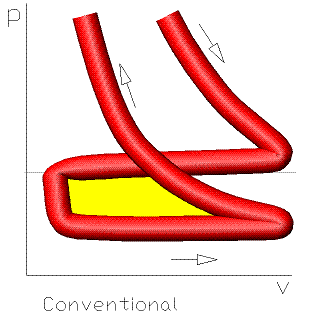
Officially, at urban cycle the Fiat Punto MultiAir (1368cc, 105bhp at 6500rpm, naturally aspirating) consumes 7.5 lt/100Km while the similar size, weight and power Toyota Yaris (1329cc, 101bhp at 6000rpm, naturally aspirating, conventional technology engine) consumes only 6.2 lt/100Km.
20% worse consumption for the state-of-the-art engine ?
Yet, the guess is that the MultiAir engine will be voted at “The International Engine of the year Awards 2010” as the best engine of the year 2010 (at engine-expo 22, 23, 24 June, Stuttgart, Germany).
It seems, either the MultiAir/UniAir principle is wrong, or Fiat and Schaeffler-INA keep missing a basic something.

It is not only about better mileage and lower emissions.
Quote from the web:
"Meanwhile Ferrari has reportedly dismissed the possibility of using the Fiat Group’s new MultiAir variable valve system, finding that it wouldn’t work at the kinds of revs and horsepower outputs at which Ferrari engines operate. "
The "oil push rod" interposed between the cam and the valve of the MultiAir ( and of the PatAir ) softens-deforms-flexes the actual intake-valve-opening-profile (because of the hydraulic system elasticity and lash, not existing in the pure mechanical valve trains); not to mention the increase of the inertia of the valve assembly (oil, oil plungers, additional springs etc) during the opening of the valve. For normal engines this is a reasonable compromise; but not for supercars, for racing/sport cars, for motorcycles etc. For top-power-density the opening ramp wildness is the must.
The PattAir opens the valves true-mechanically / conventionally (there is no "oil push rod" interposed between the cam and the valve). The opening ramp is as wild (crispy) as in the conventional high-revving top-power-density engines. Only during the valve closing the hydraulic system of PattAir gets into play to controllably delay the valve closing ( Outgoing Air Control cycle ).
Manousos




